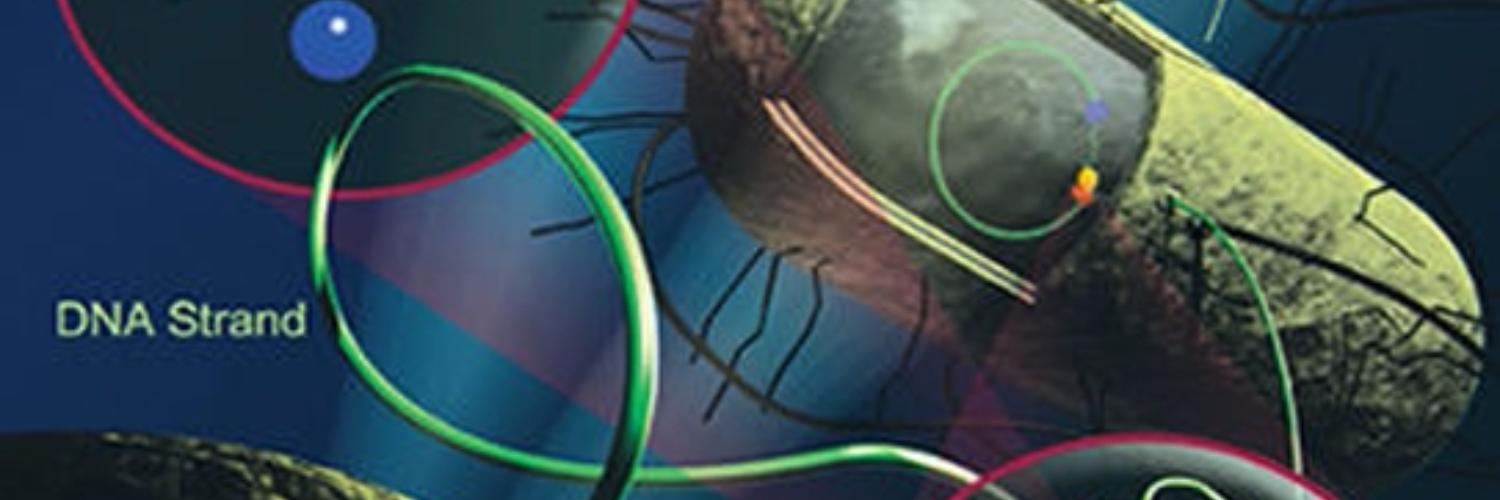A new study published in the journal Nature, Shows the Achilles' heel in the defensive barrier that surrounds the drug-resistant bacterial cells.
The discovery of scientists paved the way for a new wave of drugs that kill super bacteria, reducing their defensive walls, and not attacking the bacteria themselves. This means that in the future, bacteria may not develop resistance to drugs at all.
Outer membrane
Scientists have investigated a class of bacteria called "Gram-negative bacteria", Which are particularly resistant to antibiotics due to the impenetrable outer membrane of their cells based on lipids. This outer membrane acts as a protective barrier against attacks of the human immune system and antibiotics. This allows pathogenic bacteria to survive. Removal of this barrier makes bacteria more vulnerable and leads to their death.
So far, little was known about how the defensive barrier was being built. New results show how bacterial cells transport building blocks for the barrier (called lipopolysaccharides) to the outer surface.
The uselessness of modern antibiotics
Team Leader, ProfessorČangʺâng Dong(Changjiang Dong) from Norwich Medical SchoolUniversity of East Anglia, He speaks:
"We defined the path and passage used by bacteria when transporting building protective blocks to the outer surface. It is important to note that we demonstrated that bacteria will die if the passage is blocked. This is really important, because bacteria resistant to antibiotics are a worldwide public health problem. Many modern antibiotics become useless, causing hundreds of thousands of deaths each year. "
Antibiotics for animals
Antibiotics used in agriculture are often the main cause of the emergence of resistance to bacteria and, as a result, the cause of health problems in humans.
Antibiotics should be applied both to animals and to humans meaningfully because in both cases affect the appearance, viability, and spread of resistant bacteria.
The livestock herd can serve as a reservoir for resistant pathogens and mechanisms that can directly or indirectly lead to the resistance of infections in humans, and the use of antibiotics is the cause of the widespread growth of resistant bacteria.
A source:biomedia.rf




